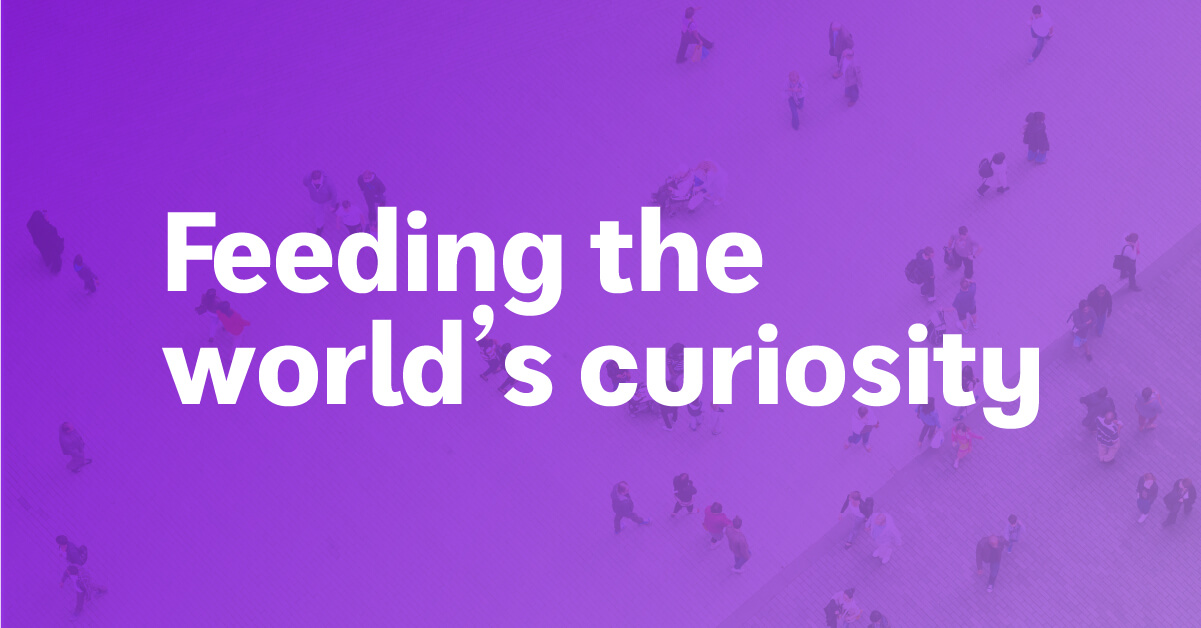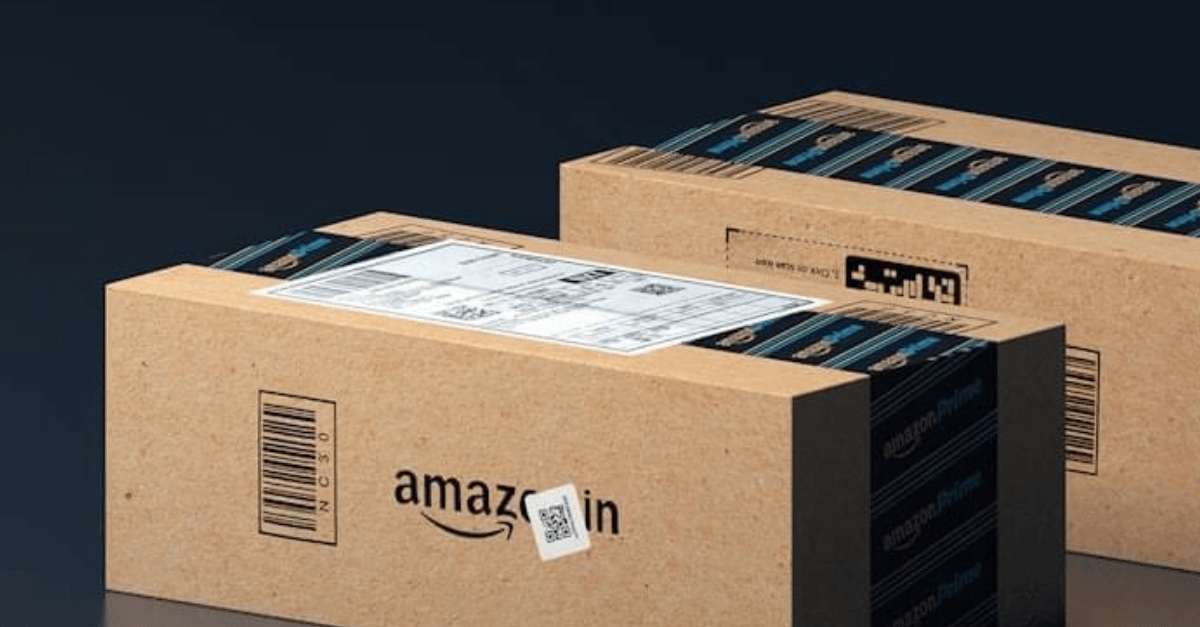Contents
Categories
In 2025, global advertising spend is predicted to surpass $1 trillion—a milestone so monumental it could stretch dollar bills to the sun and back.
However, beneath this record-breaking number lies a complex reality: while data is abundant, marketers and agencies still face significant challenges in unlocking its full potential.
A recent research collaboration between Lotame and Cint sheds light on these struggles, offering valuable insights into how marketers are navigating the evolving digital landscape.
From the persistence of first-party data challenges to the adoption of data collaboration platforms, the study highlights a sector at a crossroads, caught between enduring obstacles and promising solutions.

The big picture: data struggles persist
Despite decades of advancements in Big Data and the rise of AI, 98% of marketers and agencies report challenges in data orchestration and utilization. Among the top issues:
54%
Finding quality data sources for enrichment and collaboration
46%
Addressing the limitations of first-party data, which often provides a narrow view of consumers
44%
Breaking down internal data silos to achieve a comprehensive understanding of customer behavior
Agencies face even more pronounced struggles than marketers, averaging three data challenges compared to marketers’. Their more complex organizational structures often exacerbate inefficiencies, particularly when it comes to targeting audiences in a cookieless environment.
First-party data: an urgent but imperfect solution
The industry’s reliance on first-party data has grown significantly, with 70% of respondents recognizing its urgency.

However, its effectiveness is hampered by unstable identifiers. These identifiers are often unreliable due to issues like user changes, limited accessibility on certain platforms, and inconsistencies in scale.
Agencies reported greater reliance on first-party data tied to these unstable identifiers, which explains why they experience more challenges than marketers. Despite these obstacles, many marketers (70%) feel well-resourced to maintain their business outcomes with first-party data. However, those who struggle often turn to data collaboration platforms to bridge the gap.
The rise of data collaboration platforms
Another finding of the research is the growing adoption of data collaboration platforms. These platforms offer a broad range of use cases, including:
- Enhanced audience targeting.
- Improved personalization of marketing efforts.
- The ability to connect disparate data sources to gain a holistic view of consumers.
Their flexibility makes them especially appealing to marketers and agencies looking to navigate the increasingly fragmented data landscape.
Third-party cookies: not gone yet
The long-anticipated deprecation of third-party cookies has yet to materialize fully, providing temporary relief to the many marketers and agencies still heavily reliant on them.
One-third of marketers (32%) and one-fifth of agencies (21%) remain 100% dependent on third-party cookies.
A further third (33%) rely on cookies for at least 75% of their data strategies.
While this reliance highlights the ongoing need for alternative identity solutions, the delay in cookie deprecation has bought the industry valuable time to adapt.
A portfolio approach to identity resolution
To overcome the challenges of both first- and third-party data, marketers and agencies are embracing a portfolio approach to identity resolution. This strategy involves using multiple identity solutions in tandem to maximize reach and flexibility.
The absence of a clear frontrunner in this space is good news for the health of the market, as it encourages innovation and prevents over-reliance on any single technology.
Technological investments on the horizon
The research reveals a clear trend toward increased investment in marketing and data technologies. Nearly all respondents plan to adopt new tools, with particular interest in:
- Marketing automation platforms.
- Data collaboration platforms.
- Advanced analytics solutions integrated into existing data infrastructures.
Clean rooms, while still utilized, are seeing reduced enthusiasm due to their limitations, especially when compared to the versatility of data collaboration platforms.
A brighter future for digital marketing
As we approach 2025, optimism is returning to the digital marketing sector. Falling inflation, stabilizing costs, and rising consumer confidence are creating a favorable environment for growth.

Marketing budgets are expanding, and there’s a renewed focus on collaboration—both within organizations and across the broader ecosystem.
The era of “walled gardens” appears to be giving way to a more open and cooperative approach. Data collaboration platforms, in particular, are leading this shift by enabling brands, agencies, and publishers to work together more effectively. These platforms are proving to be not only a jack-of-all-trades but also a master of delivering tangible outcomes.
Final thoughts
The research conducted by Lotame and Cint highlights both the persistent challenges and exciting opportunities in today’s digital marketing landscape. While data silos, unstable identifiers, and reliance on third-party cookies continue to hinder progress, the rise of data collaboration platforms offers a way forward.


































































































